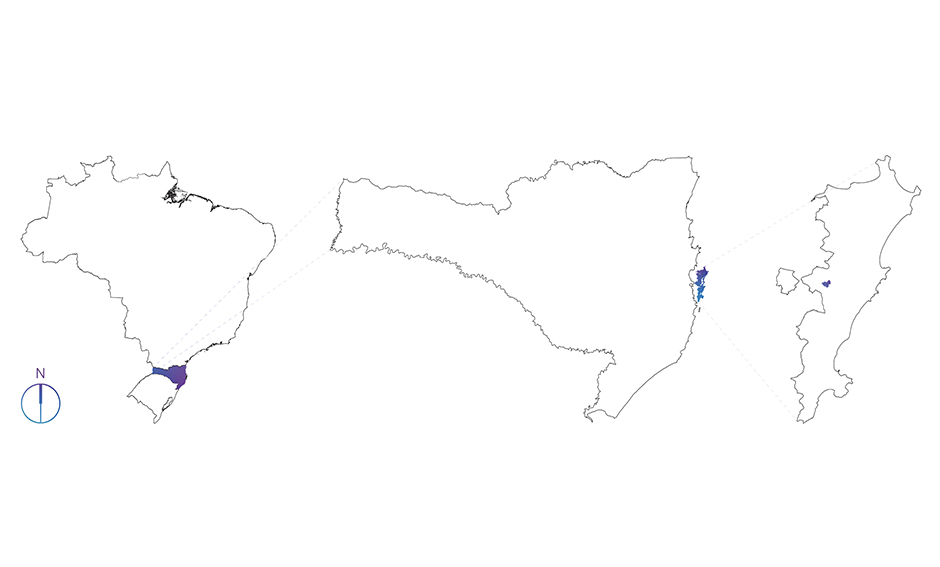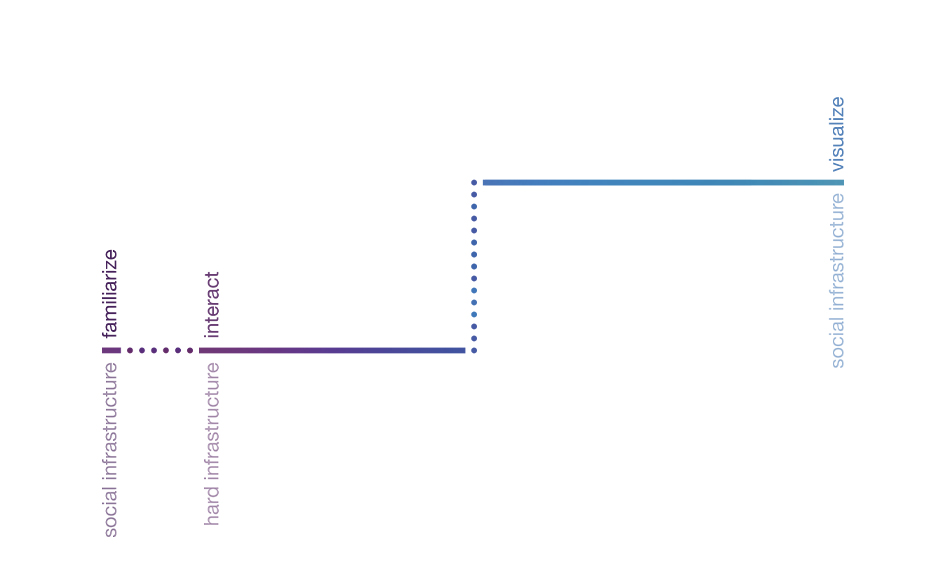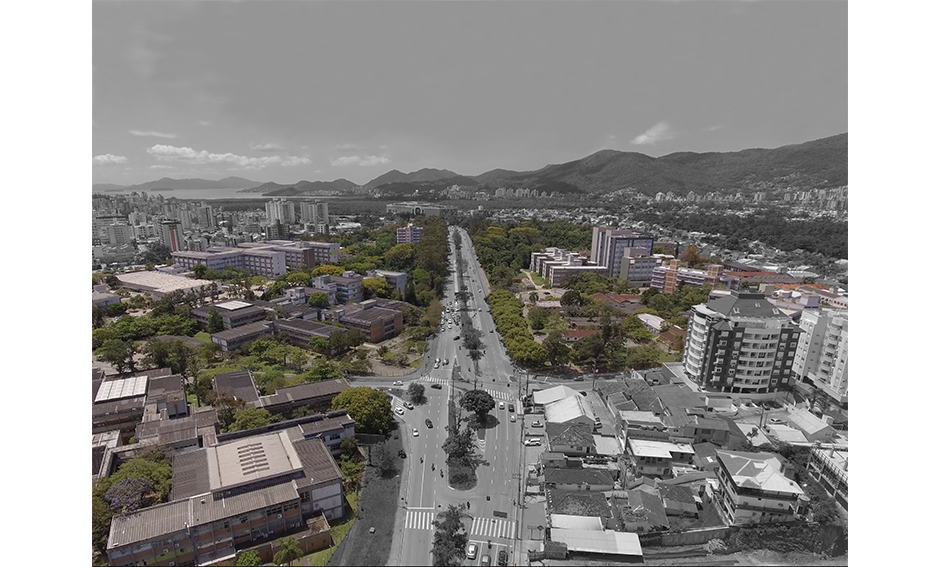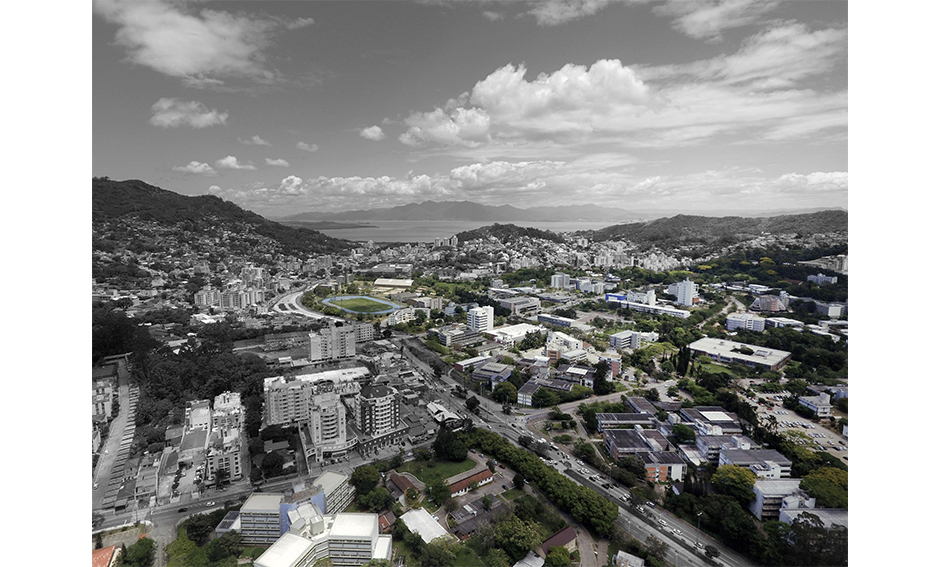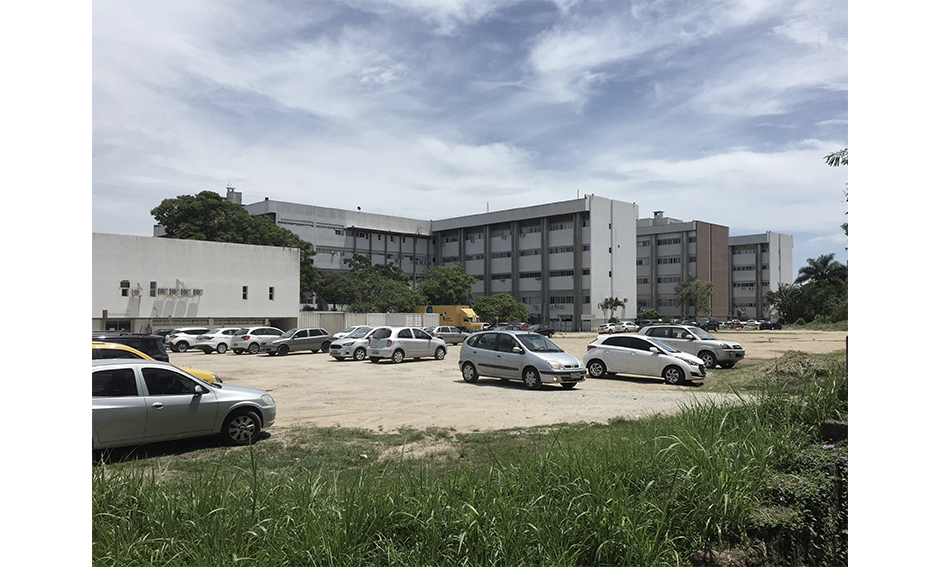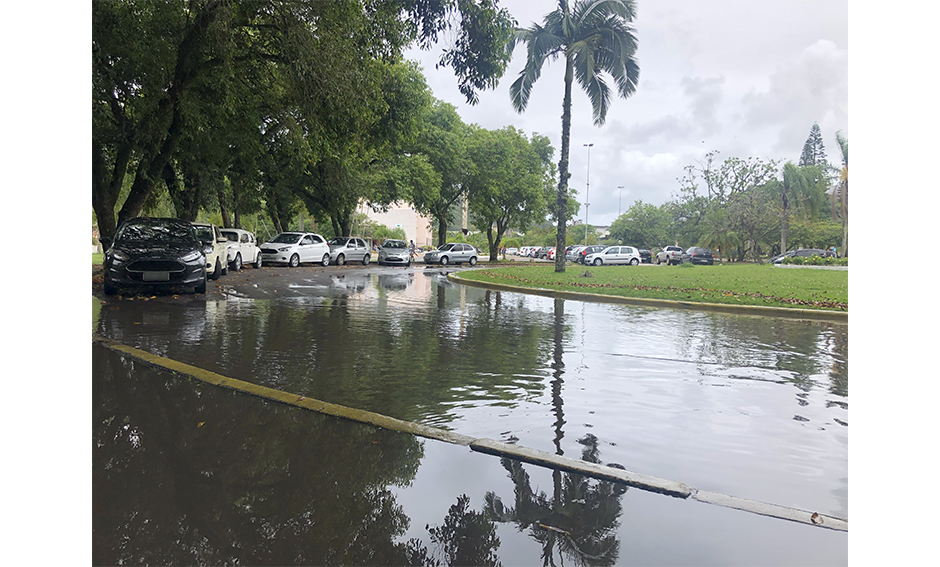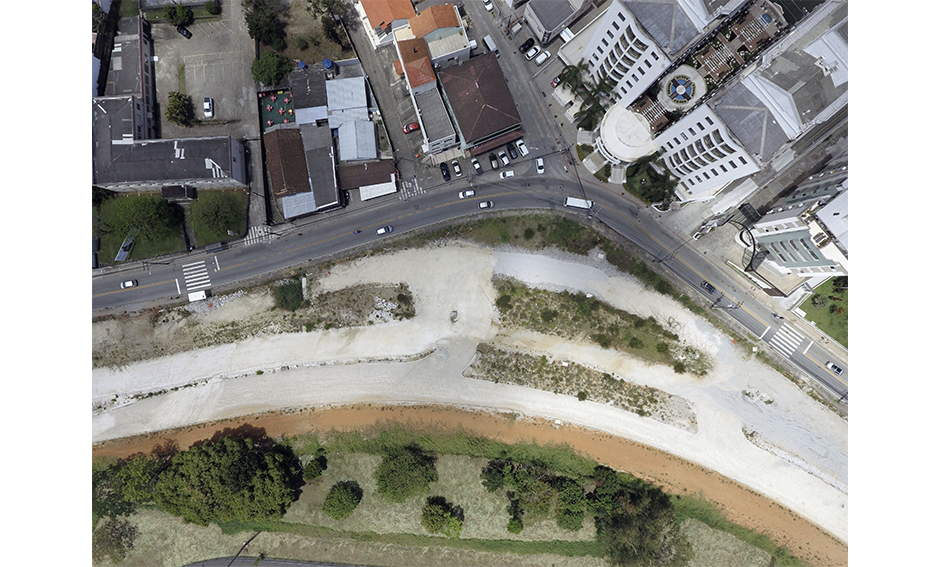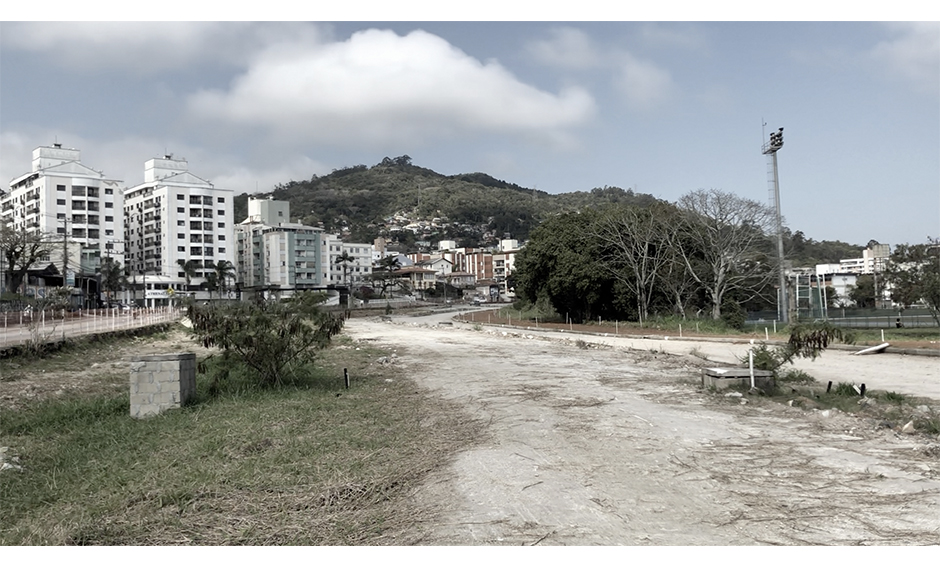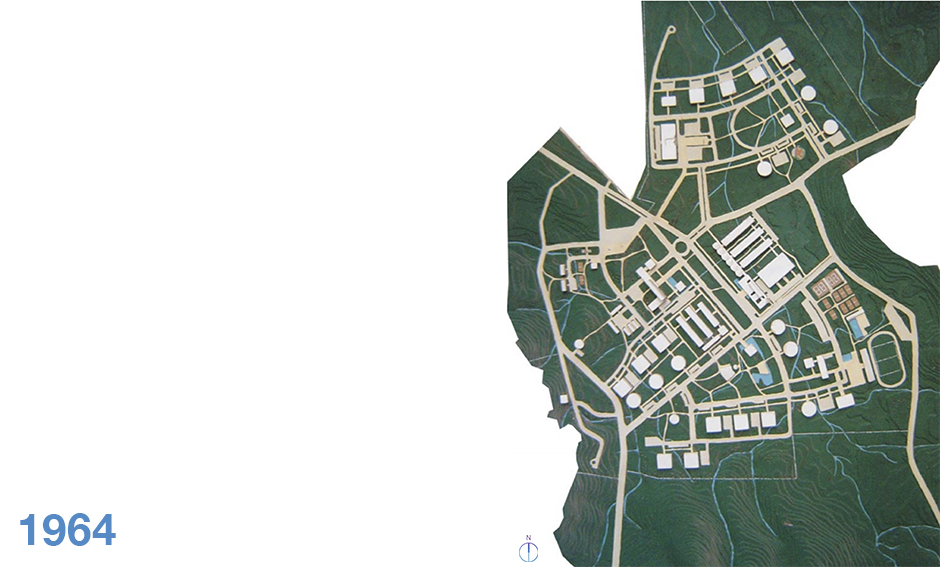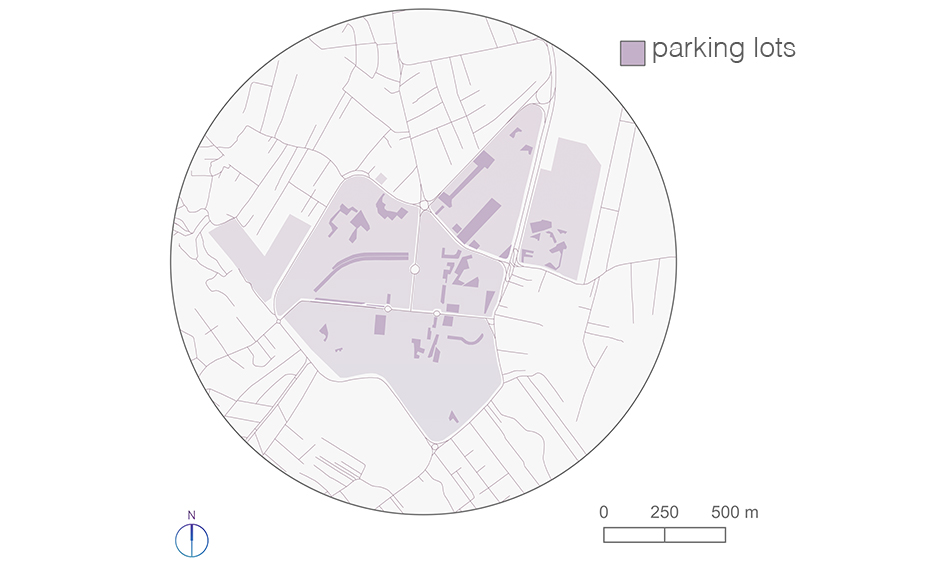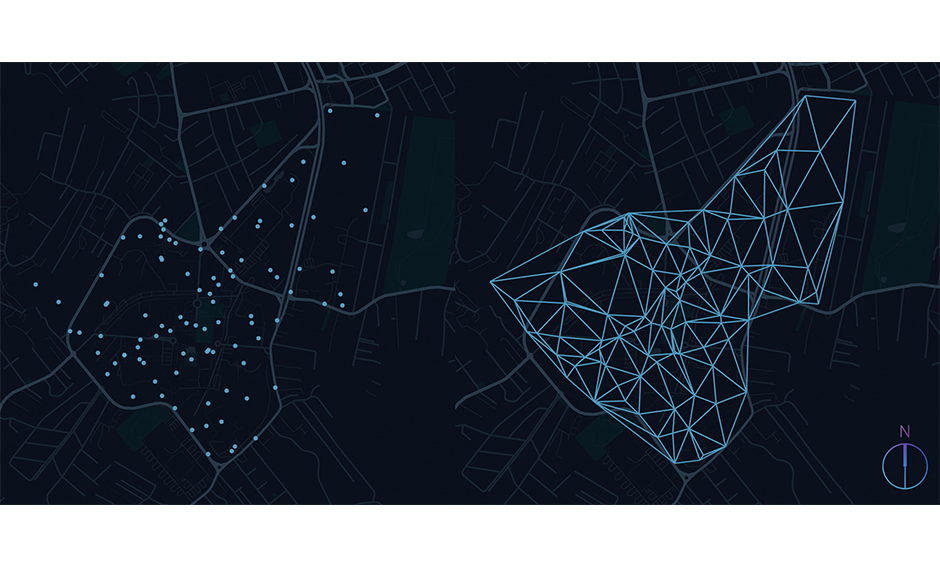SOCIAL INFRASTRUCTURE AND UNIVERSITY CAMPUS
About the Project
- Funding:
CAPES (Postgraduate Student Scholarships)
- Keywords:
Anthropocene; infrastructural space; social infrastructure; university campus.
- Team:
Luís Henrique Pavan
José Ripper Kós (advisor) - Publications:
Visualizing Connections: Social Infrastructure at Two Brazilian Universities. SiGraDi, 2021
DOIThe civic potential of the campus: Federal University of Santa Catarina and the democracy in the city. Arquitecturas del Sur, 2020
DOIThe privacy of the academic community in mapping usage patterns over Wi-Fi connections, SIGraDi 2020
DOICampus regenerative design supported by university Wi-Fi connections. International Journal of Architectural Computing, 2019
DOIProyecto regenerativo del campus: aprendiendo a través de las dinámicas de la naturaleza y la universidad. Arquitecturas del Sur, 2017
DOI
This research focuses on the Federal University of Santa Catarina's main campus infrastructural space. As the campus is theorized both as a territory of the Universities and a typology, the research explores its spatial domains through multifaceted technological, ecological, and sociopolitical studies. Through the interplay between social infrastructures and their complexities, the campus has a great potential in cooperating with the Anthropocene.
Framed as a cultural model and transdisciplinary structure, the Anthropocene is characterized by multiple crises and planetary disruption, demanding scales of political action that are simultaneously ubiquitous and local. We theorize the infrastructural space by its various aspects, including materiality, action, and unevidenced sociopolitical factors. In addition to being the main work scale of the research, the campus is urban equipment and social network. Under these milestones, the methodological procedures were tripartite based on the verbs familiarize, interact, and visualize. The UFSC campus is also known for the sociocultural, urban, and biophysical systems that make up its amalgamated landscape. In this context, its social infrastructures are identified through main thematic axes, and the different functions, buildings, and free open spaces that comprise them are focused. Then, in the section called Interact, the campus infrastructure space is investigated through the paradigm concept, and two main points are the analysis focus: disciplinarity-infrastructure spatialities and ecology-biophysical relations.
Using a spatial emphasis, we brought together administrative-territorial documents and plans, considering mainly those which have the most impact on the university planning. While we understand disciplinarity as a superimposed aspect of the infrastructural space, which segments it, we approach the biophysical-ecological relationships through the notions of efficiency and reserve. Both factors critically alter the campus's socio-technical conformation. The method employs diagrams to map and locate the infrastructure space on campus in the Visualize section, where the aim is to make visible the infrastructure axes based on the actions performed by them.
The research focused on identifying the multiplicity of these artifacts Using a systemic approach. While also highlighting their different social impacts and purposes. The character of this work projects an adequate perception of the social infrastructures distributed in the territory of the UFSC, passing through sociotechnical systems intertwined in networks of fundamentally associated physical and social components and institutional actions.
Understanding the real impact of the ecosystem phenomena and sociability requires more than interpreting their immediate characteristics, as it makes it irrevocable to identify the social conditions and structures they require. We understand, therefore, that universities could embrace these phenomena by extrapolating curricula and reinforcing in their territory the interrelations between society and ecology as an active new participant in the Anthropocene paradigm.
